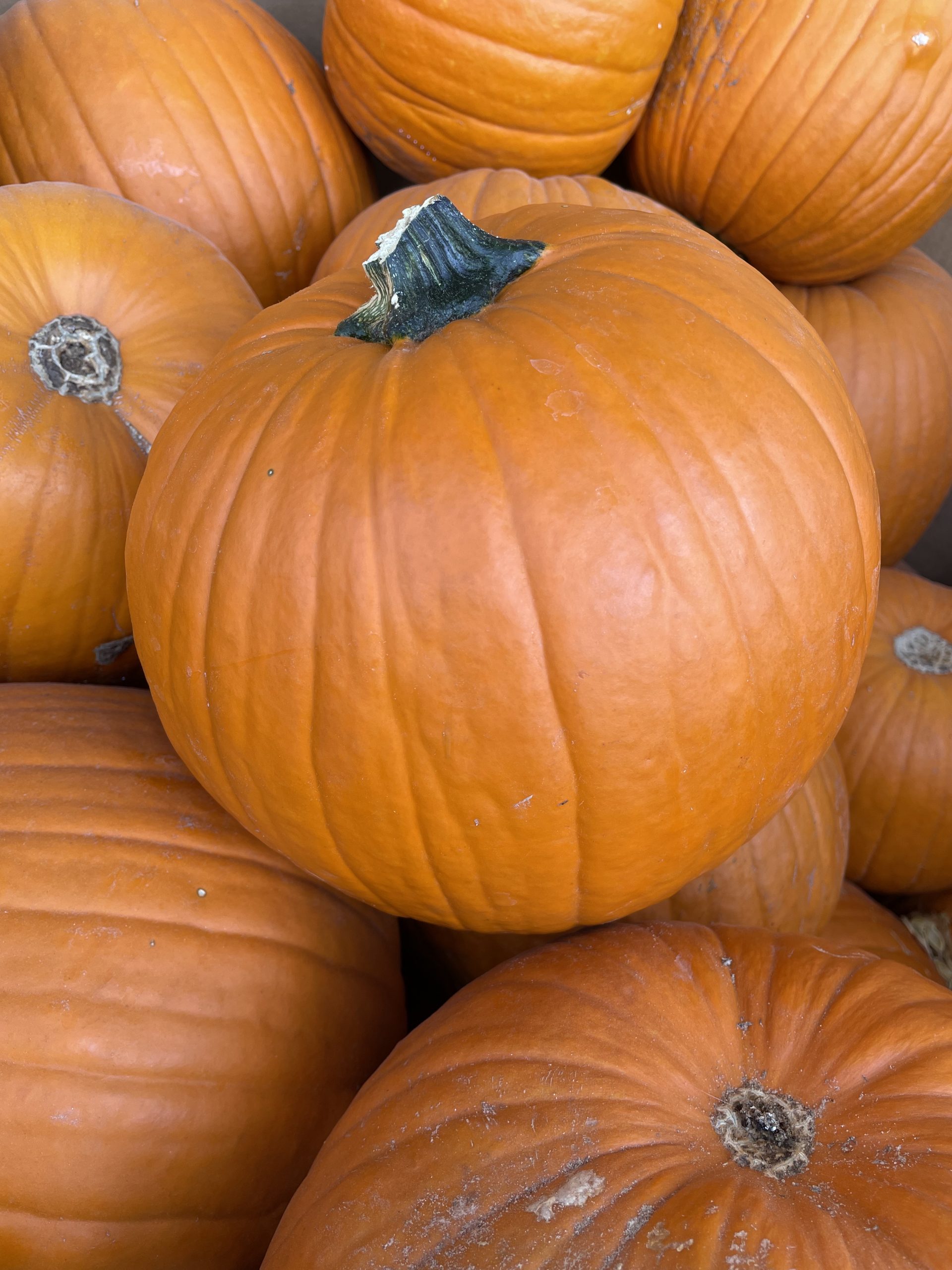Pumpkin: An ancient vegetable still in vogue today

This fall, millions of Americans will purchase a vegetable they, unfortunately, are very unlikely to eat, said University of Missouri Extension horticulturist David Trinklein.
In the United States, this colorful member of the gourd plant family is used primarily for decoration, but many people throughout the world use pumpkin as a staple in their diets, Trinklein said.
Cultivated since about 3500 B.C., pumpkin rivals corn as one of the oldest known crops in the Western Hemisphere, said Trinklein. Archaeological evidence suggests that pumpkins and winter squash are native to the Americas. This verse from about 1630 suggests American colonists relied heavily on pumpkin as a food source:
For pottage and puddings and custard and pies,
Our pumpkins and parsnips are common supplies:
We have pumpkins at morning and pumpkins at noon,
If it were not for pumpkins, we should be undoon.
One way colonists are thought to have prepared pumpkins was to slice off their tops, remove the seeds and refill the inside with a mixture of milk, spices and honey. The resultant concoction was baked in hot ashes and is said to be the origin of our modern pumpkin pie.
Today, pumpkins are bred more for ornamental appeal than table quality. Bright orange pumpkins are a staple for fall decoration, especially around Halloween, when frightening faces are carved into them to form jack-o’-lanterns.
Trinklein noted that, in addition to orange, pumpkins come in many different colors, as well as in a variety of shapes and sizes. Most modern varieties have a large, dark green stem that can serve as a convenient handle.
A relatively new development are pumpkins whose rinds are covered with warts, which tend to make jack-o’-lanterns look even more ghoulish.
When selecting a pumpkin for fall decoration, Trinklein recommends the “thumbnail test” for gauging maturity: If you can pierce the rind of a pumpkin with your thumbnail, the pumpkin was picked too early and will not store well.
As a food source, pumpkin is quite nutritious with many health benefits, Trinklein said. It is very high in beta carotene (vitamin A) and is a good source of dietary fiber. The spices used to prepare pumpkin pie have health benefits of their own. “Not many people could tolerate taking allspice directly to benefit from its antioxidant, anti-inflammatory and stomach-calming properties,” he said. “However, consumed in a piece of pumpkin pie, it tastes rather delightful.”
Pumpkin trivia
- Pumpkins have been grown in North America for 5,000 years.
- Eighty percent of the pumpkin supply in the United States is available in October.
- Morton, Ill., the self-proclaimed “Pumpkin Capital of the World,” holds an annual Punkin Chuckin’ contest.
- The heaviest pumpkin on record weighed 2,749 pounds.
- The largest pumpkin pie ever baked weighed 3,699 pounds and measured 20 feet in diameter.
- Pumpkins were once recommended for removing freckles and curing snake bites.



